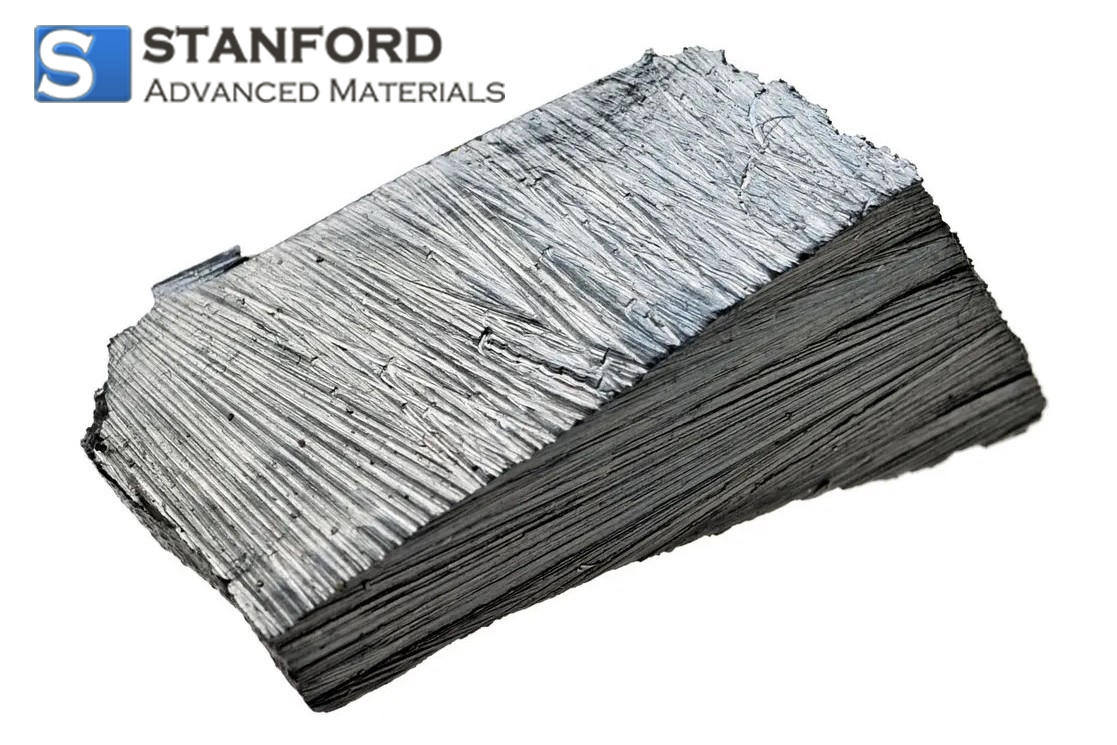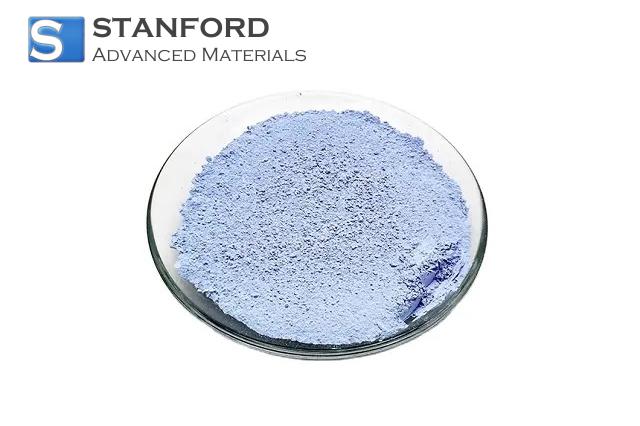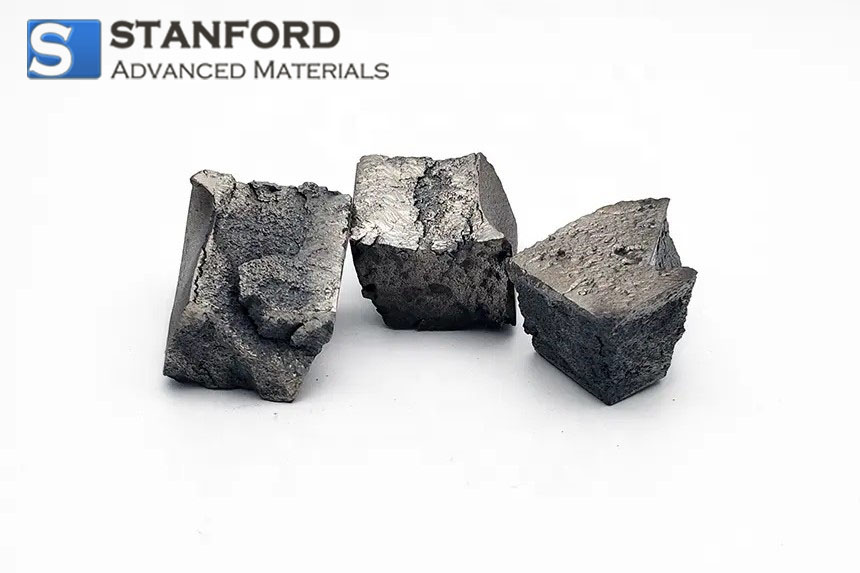Neodymium: Element Properties And Uses
Description
Neodymium is a rare earth element with unique magnetic and physical properties. This article details an introduction to the element, its applications, its production processes and its industrial products.
Introduction to the Element
Neodymium belongs to the lanthanides, a group of fifteen metallic elements in the periodic table. Discovered in the late 19th century, Neodymium is recognised for its lustrous, silvery appearance and its versatility in technical applications. It is used in numerous high-technology sectors.
Chemical Properties
Neodymium exhibits a set of chemical properties that differentiate it from many other metals. It predominantly occurs in the oxidation state +3 and forms compounds such as neodymium oxide and neodymium chloride. In its pure form, Neodymium is highly reactive when finely divided, and an oxide layer forms readily on its surface. This reactivity is utilised in the synthesis of compounds for use in pigments, catalysts and specialised alloys.
Physical Properties Data Table
|
Property |
Value |
Unit |
|
Atomic number |
60 |
- |
|
Atomic mass |
144.24 |
amu |
|
Melting point |
1 024 |
°C |
|
Boiling point |
3 074 |
°C |
|
Density |
7.01 |
g/cm³ |
|
Electrical resistivity |
64 |
nΩ-m (at 25°C) |
|
Thermal conductivity |
16.5 |
W/m-K |
|
Crystal structure |
Hexagonal |
- |
Magnetic Properties of Neodymium
|
Property |
Value |
Unit |
|
Magnetic ordering |
Paramagnetic (mass) |
- |
|
Curie temperature |
~310 |
°C |
|
Saturation magnetisation |
~1.6-1.7 |
T (Tesla) |
|
Coercivity (NdFeB magnets) |
High |
- |
|
Remanence (NdFeB magnets) |
~1.0-1.4 |
T (Tesla) |
|
Maximum energy product (NdFeB) |
200-400 |
kJ/m³ |
Neodymium is principally recognised for its role in Neodymium-Iron-Boron magnets (NdFeB). Further information is available at Stanford Advanced Materials (SAM).
Common Applications
Neodymium is best known for its use in producing permanent magnets. Neodymium magnets are among the strongest available and are employed in electric motors, computer hard drives and audio systems. Their magnetic field and compact dimensions have resulted in modifications to the design of many modern devices.
Apart from magnets, Neodymium is used in the manufacture of lasers, primarily in solid-state laser systems. These lasers are deployed in medical devices, cutting tools and various research instruments.
Production Methods
The production of Neodymium requires advanced extraction and purification procedures. Typically, Neodymium is obtained from ores such as monazite and bastnäsite. The extraction process begins with a chemical treatment of the ore, followed by solvent extraction procedures that separate Neodymium from other rare earth elements.
After extraction, further purification is achieved through precipitation and ion-exchange methods. Subsequently, reduction processes are applied to produce Neodymium in its metallic form.
Frequently Asked Questions
What is Neodymium?
Neodymium is a rare earth element that plays an important role in high-performance magnets and technological applications.
How are Neodymium magnets used?
Neodymium magnets are employed in electric motors, computer hard drives and audio systems because of their high magnetic strength and compact dimensions.
What are the main chemical properties of Neodymium?
Neodymium typically occurs in the oxidation state +3 and forms compounds such as oxides and chlorides, which exhibit a marked reactivity.
How is Neodymium extracted from its ores?
Ores such as monazite and bastnäsite are chemically treated, and solvent extraction, precipitation and refining processes are performed.
For which industrial products is Neodymium used?
Industrial products such as high-performance magnets, solid-state lasers, modern ceramics and specialised optical components depend on the characteristic properties of Neodymium.

 Bars
Bars
 Beads & Spheres
Beads & Spheres
 Bolts & Nuts
Bolts & Nuts
 Crucibles
Crucibles
 Discs
Discs
 Fibers & Fabrics
Fibers & Fabrics
 Films
Films
 Flake
Flake
 Foams
Foams
 Foil
Foil
 Granules
Granules
 Honeycombs
Honeycombs
 Ink
Ink
 Laminate
Laminate
 Lumps
Lumps
 Meshes
Meshes
 Metallised Film
Metallised Film
 Plate
Plate
 Powders
Powders
 Rod
Rod
 Sheets
Sheets
 Single Crystals
Single Crystals
 Sputtering Target
Sputtering Target
 Tubes
Tubes
 Washer
Washer
 Wires
Wires
 Converters & Calculators
Converters & Calculators
 Write for Us
Write for Us





 Chin Trento
Chin Trento



